Get Started for FREE
Sign up with Facebook Sign up with X
I don't have a Facebook or a X account
 Your new post is loading... Your new post is loading...
 Your new post is loading... Your new post is loading...

Luke Walker's curator insight,
October 20, 2014 1:15 AM
Are sweatshops a good thing or a bad thing?
BrianCaldwell7's curator insight,
April 5, 2016 8:23 AM
This year's Geography Awareness Week's theme was "Declare Your Interdependence!" The GAW poster for 2012 focused on the Geography of a Pencil and this video works together nicely as a supplement to that poster. You may see the economics of capitalism and globalization in a less optimistic light than Leonard Read, but the theme of interconnectedness makes this a great resource.

Character Minutes's curator insight,
June 25, 2014 12:56 PM
Use to emphasize the need to apply character traits of resourceful and thrifty. |
Jacob Crowell's curator insight,
December 17, 2014 10:45 PM
We talk about McDonalds as a way of Americanizing the rest of the world. These foods show that it may still be the case but local culture is still infused and desired where McDonalds expands to. 
Payton Sidney Dinwiddie 's curator insight,
January 21, 2015 9:40 PM
This shows that mmcdonals is a global industy . there are many mcdonalds everywhere they put a spin oncertain diishes to match their heritage like in japan instead of hamburger meat like we americans use the use crabs.It just really shows how far mcdonalds was changed from just starting in america to being featured all over the globe 
Kristin Mandsager San Bento's curator insight,
January 22, 2015 7:06 PM
I've lived and traveled to a few places especially Asia. I've had the Ramen at McD's in Hawaii along with the Portugeuse sausage that comes with the big breakfast. I've also experienced Japanese McD's. It was nice to be able to find some of the regular food like a burger and fry at any McD's in the world, but I never ordered anything else.

Luke Walker's curator insight,
October 20, 2014 1:17 AM
Are sweatshops a good thing or a bad thing?

Luke Walker's curator insight,
October 6, 2014 11:58 PM
PepsiCo (which owns Tropicana Orange Juice) measures the amount of carbon emissions it takes to create a half-gallon of orange juice.

Adriene Mannas's curator insight,
September 25, 2014 8:00 PM
Unit 3 Cultural Patterns and Processes
This video shows how many different cultures can be combined in one thing. It talks about the currywurst, one of the most popular German street foods, which is a combination of ideas and ingredients from all around the world including German sausage, American ketchup, and curry spices from India.
This relates to the culture unit by showing how different cultures can come together and create something that is loved by a lot of people. With this people from a country can get a lot of different cultures together in this one meal and understand other cultures later that help.

Joshua Mason's curator insight,
March 16, 2015 2:43 PM
As of late, all I seem to hear about from Germany is their anti-Islam protests and their lack of desire to host more immigrants in their country. This video, though three years old, is a welcomed change to that news.

HazelAnne Prescott's curator insight,
July 31, 2014 10:56 AM
Seems like a messed up system. We do not have "taste"
Abigail Mack's curator insight,
July 31, 2014 11:27 AM
What would make Americans opt for the lower quality, imported fish?
BrianCaldwell7's curator insight,
March 16, 2016 3:45 PM
The United States exports the best-quality seafood that Americans catch, but import primarily low-grade aquacultural products. This is just one of the counter-intuitive issues withe U.S. fish consumption and production. This bizarre dynamic has cultural and economic explanations and this NPR podcast nicely explains these spatial patterns that are bound to frustrate those that advocate for locally sourced food productions.
Tags: food production, industry, food, agriculture, agribusiness, consumption, economic, sustainability. |





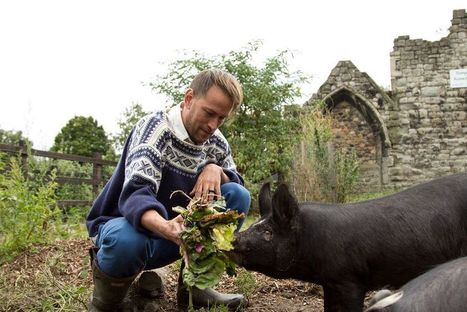


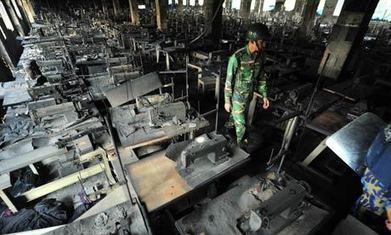
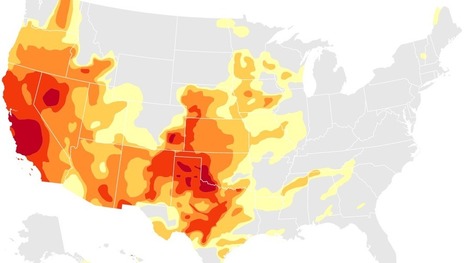

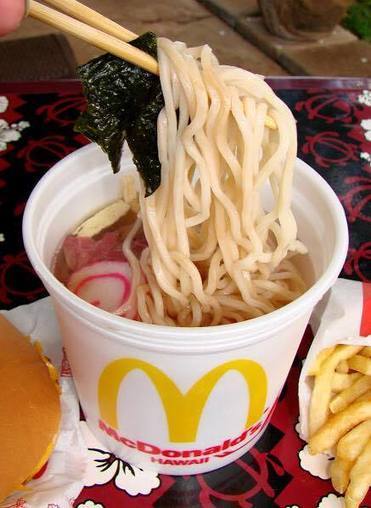
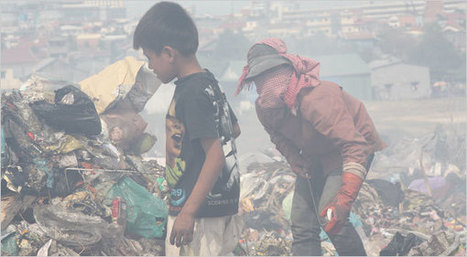



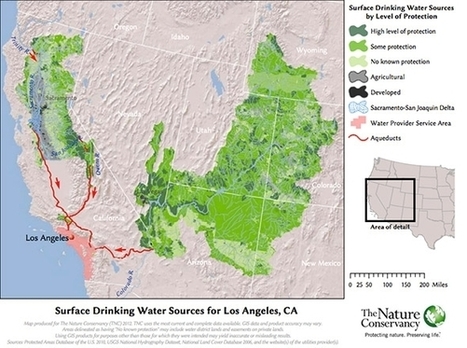





These pictures are very interesting and makes you think about the kinds of breakfast you saw when growing up. These pictures allow us to see the kinds of food cultivated in these areas of the world and how they interprete the use of each one. The pictures also show us how each place is related. For example, some of the dishes looked alike in that most of the plate was breads. It makes you wonder where that tradition came from. These pictures also let the viewer in on the development or wealth of the country. Some countries only have a piece of bread and a coffee for breakfast, where other places have huge platefuls of all different kinds of food. Does the amount of food you eat for breakfast have to do with how developed your country is? Food seems so simple, but it can lead to many different interpretations for people.
Typically when I think about different cultural foods I think about lunch or dinner rather than breakfast. When I think about Italy I think about meatballs, pasta, pizza, and gelato. When I think about Germany I think about a lot of meats. However what never really comes to mind is breakfast. Breakfast is one of my absolute favorite meals on the day. I love going out to breakfast and getting some eggs, homefries, sausage, and maybe even a grilled blueberry muffin. This summer I traveled to Italy and that was the first time I realized that breakfast is just as different in their Culture as their lunch and dinner. It was interesting how different things were. They had toast and yogurt, but the yogurt didn't taste the same as it does in America. It is amazing how different each countries breakfast is in comparison to what we are used to. Some things we consider lunch might be served in another countries breakfast meal. For example Deli meats. It is interesting to see how different each culture really is.
Countries each have their own foods that are unique and freshly made by families everyday. They use foods that are frequently grown and found in the area to make their meals. For example china eats a lot of fish because it is part of their culture. Also people of spanish and mexican cultures are known for cooking spicy delcious foods. Food is apart of what creates cultures.